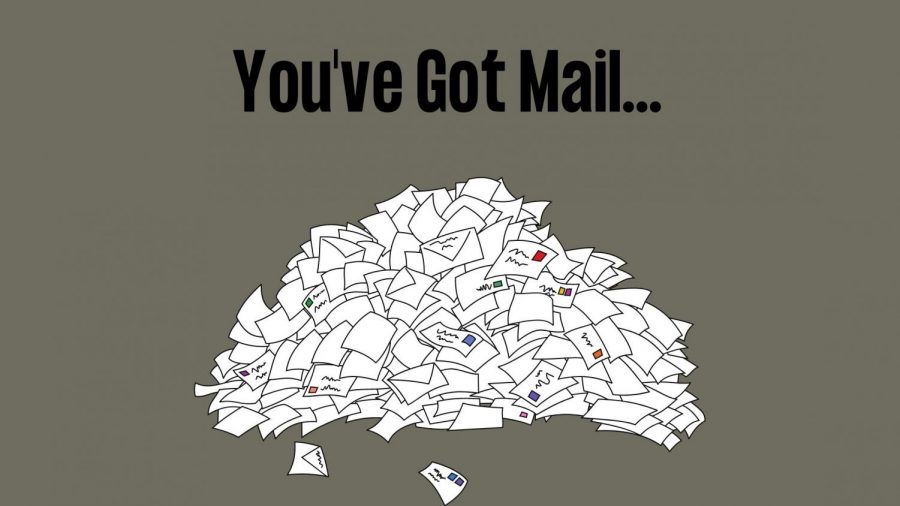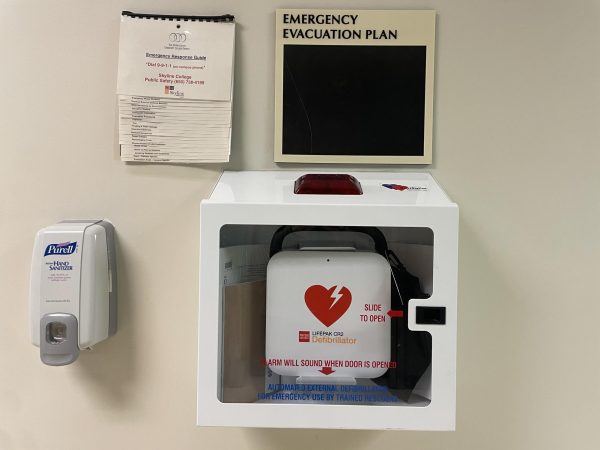You’ve Got Mail… maybe too much
An illustration made by Marco Milani that illustrates influx of mail
Picture it: I’m on the couch on a normal Wednesday afternoon. My grandmother is out of town, so naturally, my dad had to go pick up her mail from her mailbox. Now, for some background, this grandmother of mine donates to a few charities.
So, you would imagine my surprise when my dad brings home this giant stack of mail, tied with four rubber bands. Everything under the sun, from senators asking for donations, to catalogs, and countless other things asking for money. So, as I was doing my job of sorting through it and shredding the non-important stuff, I was wondering — If she only donates to a few charities, how is her mailbox filled to the brim?
It’s because these charities sell or give donors names to other charities, who automatically put those names on their own mailing lists. An article from the Better Business Bureau explains it more in-depth.
“Generally, charities deal with list brokers who help them identify and then access lists of names with a good potential for becoming givers,” the article reads. “Not all names come from other charities; your name on a list of subscribers to a special-interest magazine, or among buyers of a certain product or service, for example, may end up on a list used by charities to solicit donors.”
So, even if you buy something from one of those aforementioned catalogs or donate to one of those charities, they’ll get your name and bombard you with mail.
After a while, it gets annoying to sort through the same doggone thing over and over again — six pages with a pitch on why they need money, then another page giving you the option to donate. I said to myself one day, while I was shredding this mail, “These organizations are single-handedly killing trees.” To give you an idea, all the paper I’ve shredded was enough to fill two standard-size Costco garbage bags.
If you’re in the same situation, how do you get out of it? A New York Times article on the topic gives some great advice on how to reduce your info being sold and used.
“To reduce the chance of having your information sold, check the organization’s profile on a charity watchdog site; Charity Navigator and BBB Wise Giving Alliance both factor a charity’s donor privacy policies into their reports,” the article reads.
There is also a site by the name of DMAchoice.org that helps you by opting you out of direct mail, or mail advertising. On their “Learn More” page, they talk about the benefits of this, and add one more important statement.
“Direct mail is only successful if you’re interested in the types of mail you’re receiving,” the page reads. “That’s why we created DMAchoice — to help you get more of the mail you want, and less of what you don’t.”
The opt-out only costs $2 and lasts for 10 years, so the promise of more mail you want, less of what you want not, can be met.
So, if you’ve got too much mail, and you don’t want to feel bad for contributing to an organization that kills trees just to ask for donations, these pieces of advice can help in your endeavor to clean up your mailbox, and keep it reserved for only the important stuff.

















